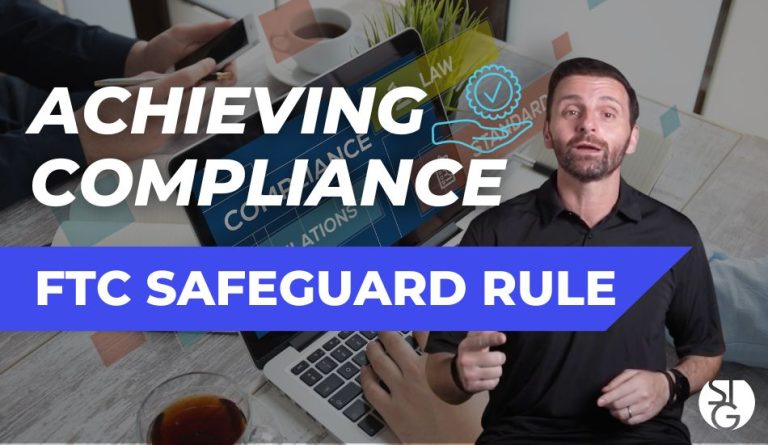AI can act as both friend and foe in the realm of cybersecurity. Let’s explore why AI is changing the phishing game for the worse and how your business can stay ahead of it.
The Changing Face of Phishing
Historically, phishing emails were easy to spot, with obvious grammatical errors and poor layouts.
However, with the help of AI, attackers can now craft convincing messages that are more professional and challenging to identify.
These emails often bypass traditional filters, making it crucial for businesses to adapt their defenses.
BEC Attacks on the Rise
AI-driven attacks, especially through Business Email Compromise (BEC) attacks, are becoming increasingly prevalent.
Attackers can impersonate high-profile individuals within organizations, leading to scams that can result in substantial financial losses.
In 2022 alone, BEC attacks surged by 81%, with a median open rate of 28%.
Businesses need to be proactive in defending against these sophisticated threats.
Fighting AI with AI
To combat AI-powered phishing attacks, enterprises must leverage advanced machine learning algorithms, anomaly detection, and real-time monitoring.
AI-powered email protection systems can analyze content and subject lines, flagging suspicious conversations.
Additionally, anti-phishing tools should scan messages for key indicators of an attack, such as brand spoofing and impersonation attempts using SPF, DKIM, and DMARC authentication techniques.
Employee Reporting
Recognizing that not all attacks can be detected solely by technology, providing employees with a way to report suspected attacks is crucial.
By encouraging staff to report phishing attempts directly within their email client or web browser, organizations can gather valuable insights into ongoing attacks and potential targets.
Virtual Sandboxing and Human Factor
Virtual sandboxing acts as a crucial line of defense, isolating malicious attachments in a virtual system away from endpoints.
This ensures that harmful links and attachments are automatically removed, preventing any damage to the system.
However, the human factor remains the last line of defense.
Well-trained staff educated on recognizing phishing attacks, can further strengthen the security posture of any organization.
In the age of AI-enhanced phishing tactics, it’s clear that businesses need to stay informed and invest in robust cybersecurity measures.
As always, I’d love to get your thoughts on this. What are some of your current defenses for preventing phishing threats? Let me know in the comments below.
Check out our last video! ➡️ Empower Your Remote Team with Outsourced IT Management
If your business is looking to upgrade its IT management and prevent phishing, feel free to set up a call with one of our expert technicians via the Calendly link below. We’d be happy to discuss a plan with you.
Click here to schedule a free 15-minute meeting with Stan Kats, our Founder and Chief Technologist.
STG IT Consulting Group proudly provides IT Services for Small to Medium Businesses in Greater Los Angeles. We’d love to see if we can help you too!




